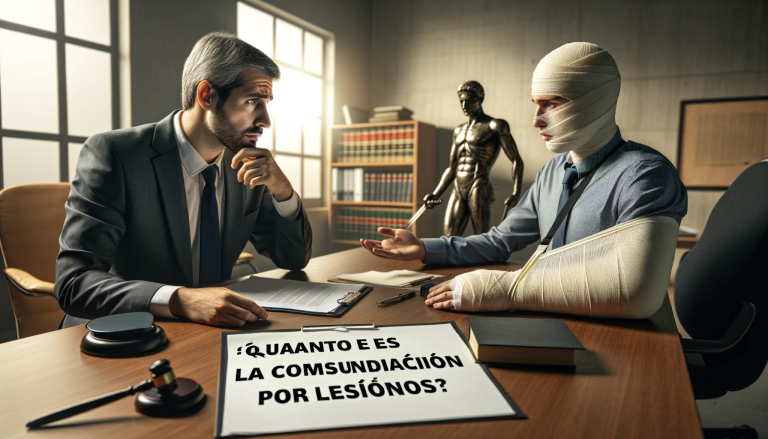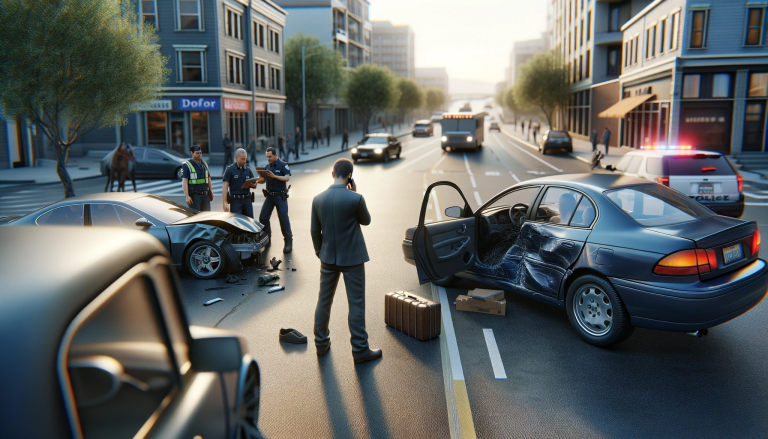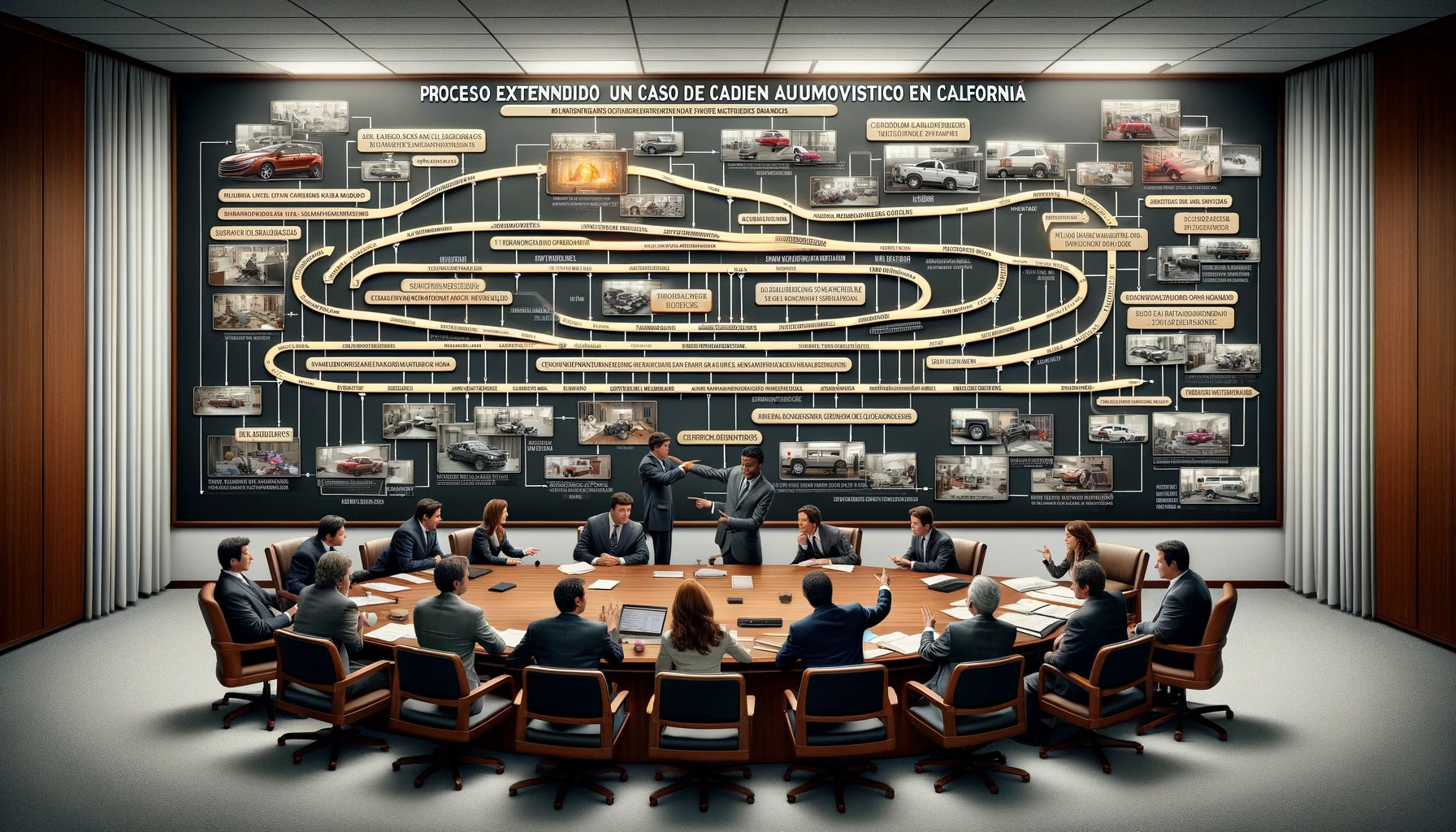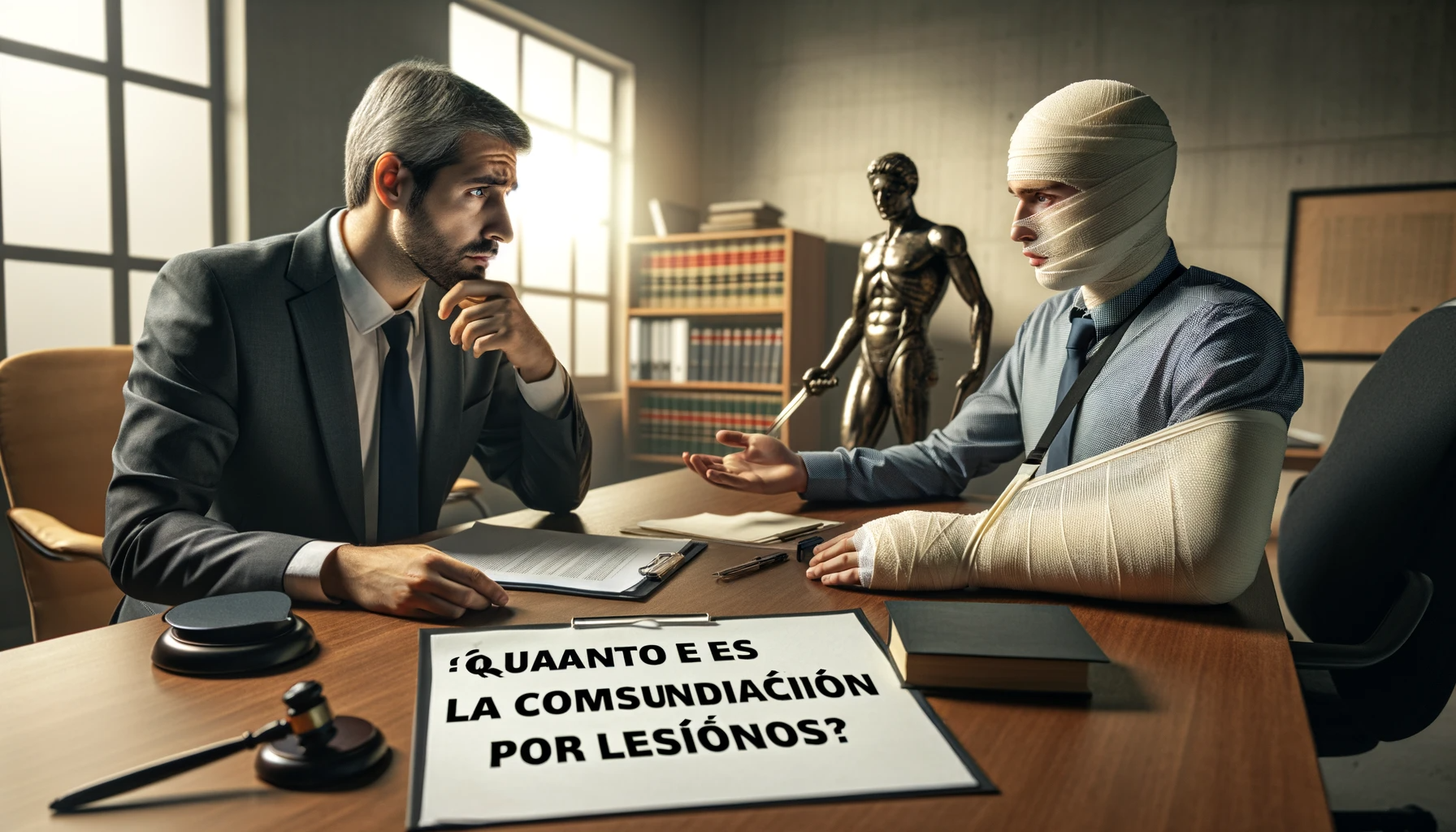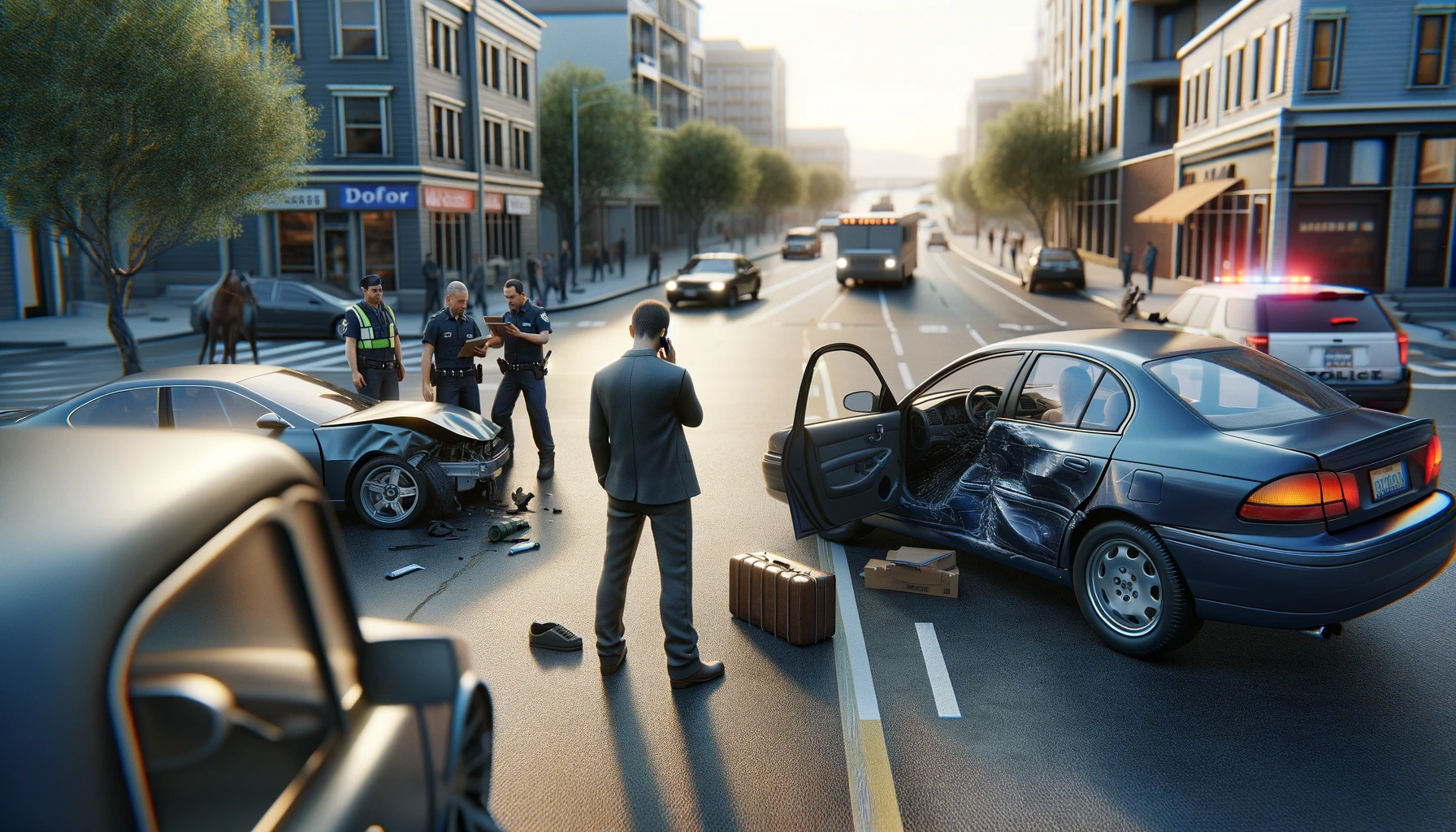Whiplash Woes: Unraveling the Legal Maze of Auto Accident Claims in California
Introduction
Auto accidents are a common occurrence in California, and one of the most frequent injuries resulting from these accidents is whiplash. Understanding the legal intricacies of filing a claim for whiplash injuries can be daunting. This article will guide you through the maze of
auto accident claims in California, focusing on whiplash injuries.
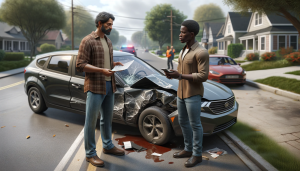
Understanding Whiplash
What is Whiplash?
Whiplash is a neck injury caused by a rapid back-and-forth motion of the head, resembling the cracking of a whip. This sudden movement can damage the soft tissues in the neck.
Common Symptoms of Whiplash
Common symptoms include neck pain and stiffness, headaches, dizziness, and sometimes cognitive issues such as difficulty concentrating. Symptoms may not appear immediately and can develop over hours or even days after the accident.
Rear-End Collisions
Rear-end collisions are the most common cause of whiplash injuries. The sudden impact from behind forces the head to jerk forward and then snap back, leading to the characteristic neck injury.
Other Types of Collisions
While rear-end collisions are the primary cause, whiplash can also result from side-impact and head-on collisions, although these are less common.
Immediate Steps After an Accident
Seeking Medical Attention
The first and foremost step is to seek medical attention, even if you feel fine. Whiplash symptoms can be delayed, and a medical professional can assess any potential injuries early on.
Documenting the Scene
Take photographs of the accident scene, vehicle damages, and gather contact information from witnesses. This documentation can be crucial when filing your claim.
Fault-Based System
California operates under a fault-based system, meaning the driver responsible for the accident is liable for the damages. This system requires determining fault, which can be complex.
Comparative Negligence
California also follows the rule of comparative negligence, where the compensation is reduced by the percentage of fault attributed to the injured party. For example, if you are found 20% at fault, your compensation is reduced by 20%.
Reporting the Accident
In California, you must report the accident to the Department of Motor Vehicles (DMV) if there are injuries, deaths, or property damage over $1,000. Additionally, report the accident to your insurance company promptly.
Gathering Necessary Documentation
Gather all medical records, police reports, and any evidence from the accident scene. Documentation is key to supporting your claim.
Dealing with Insurance Companies
Understanding Your Policy
Review your insurance policy to understand your coverage limits and the claims process. Knowing what your policy covers can prevent surprises later on.
Negotiating a Settlement
Insurance companies may offer a settlement quickly, often for less than what you deserve. Be prepared to negotiate and consider consulting an attorney to ensure a fair settlement.

When to Seek Legal Help
If your injuries are severe or if there are disputes over fault, it’s wise to hire a
personal injury attorney. They can navigate the legal complexities and fight for your rights.
Choosing the Right Attorney
Look for an attorney with experience in
auto accident claims and a successful track record. A good attorney will provide a free initial consultation and work on a contingency fee basis.
Proving Whiplash Injuries
Medical Records
Your medical records are critical in proving your injury. Ensure all treatments and symptoms are well-documented by your healthcare provider.
Expert Testimony
Sometimes, expert testimony from medical professionals can strengthen your case, especially if there are disputes about the extent of your injuries.
Compensation for Whiplash Injuries
Medical Expenses
You can claim compensation for all medical expenses related to your whiplash injury, including hospital visits, physical therapy, and medication.
Lost Wages
If your injury prevents you from working, you can claim compensation for lost wages and any future earnings you might miss due to long-term effects.
Pain and Suffering
Compensation for pain and suffering considers the physical pain and emotional distress caused by the injury. This amount can vary widely.
Challenges in Whiplash Claims
Disputes Over Injury Severity
Insurance companies often dispute the severity of whiplash injuries due to their subjective nature. Having thorough medical documentation is vital.
Insurance Company Tactics
Insurance adjusters may use tactics to minimize your claim, such as questioning the legitimacy of your injury or delaying the process. Being aware of these tactics can help you prepare.
The Role of Medical Experts
Diagnosis and Treatment
Medical experts play a crucial role in diagnosing and treating whiplash. Their expertise ensures you receive proper care and strengthens your claim.
Expert Witnesses in Court
In court, medical experts can testify about the nature of your injuries, treatment, and prognosis, providing credibility to your claim.
Navigating the Legal Process
Pre-Trial Procedures
Before trial, both parties engage in discovery, exchanging information and evidence. Your attorney will prepare your case, gather witnesses, and build a strong argument.
Court Proceedings
If your case goes to trial, your attorney will present evidence, question witnesses, and make arguments to prove your claim. The court will then decide the outcome.
Alternative Dispute Resolution
Mediation
Mediation involves a neutral third party helping both sides reach a settlement. It’s less formal than court and can be quicker and less expensive.
Arbitration
Arbitration is a more formal process where an arbitrator hears both sides and makes a binding decision. It’s an alternative to a court trial but can be just as binding.
Conclusion
Navigating the legal maze of
auto accident claims in California can be challenging, especially when dealing with whiplash injuries. Understanding the steps, from seeking medical attention to hiring an attorney and negotiating with insurance companies, is crucial for a successful claim. By staying informed and prepared, you can ensure you receive the compensation you deserve.
Look for an attorney who has the right legal resources for your legal needs.
Contact us here on the
Warmuth Law website or through our hotline 888-517-9888.
Frequently Asked Questions (FAQ's)
- What should I do immediately after an auto accident in California? Seek medical attention, document the accident scene, and report the accident to the DMV and your insurance company.
- How is fault determined in a California auto accident? Fault is determined based on evidence from the accident scene, police reports, and witness statements. California follows a fault-based system and comparative negligence rule.
- Can I handle my whiplash claim without an attorney? While it's possible, hiring an attorney can significantly improve your chances of a fair settlement, especially if your injuries are severe or fault is disputed.
- What types of compensation can I receive for whiplash injuries? Compensation can include medical expenses, lost wages, and pain and suffering.
- How long do I have to file an auto accident claim in California? You generally have two years from the date of the accident to file a personal injury claim in California.




